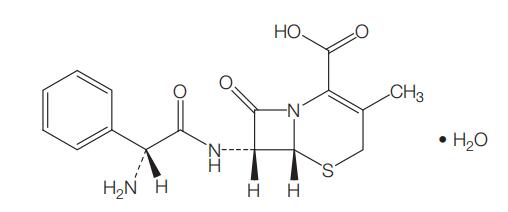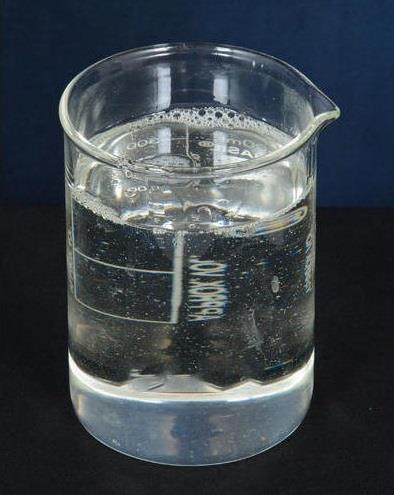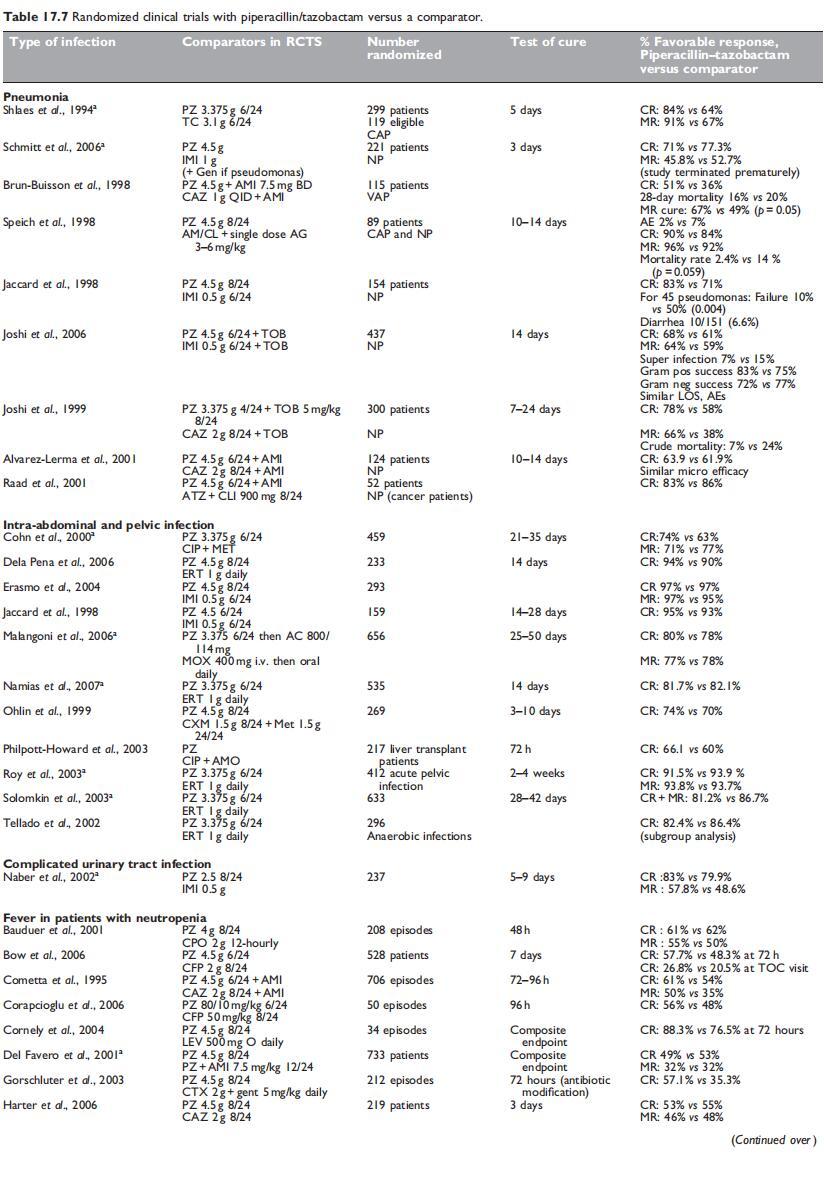Active Pharmaceutical Ingredients (API), popularly speaking, are the raw materials of medicines, only pharmaceutical raw materials are processed into pharmaceutical preparations , can they become medicines available for clinical use, so drugs we usually eat are the finished drugs through processing. Active Pharmaceutical Ingredients based on its sources can be divided into two major categories ,including chemical synthetic drugs and natural chemical drugs. Chemical synthetic drugs can be divided into organic synthetic drugs and inorganic synthetic drugs. Inorganic synthetic drugs are inorganic compounds ( very few is element), such as aluminum hydroxide, magnesium trisilicate which are used for the treatment of gastric and duodenal ulcers ; organic synthetic drugs are mainly composed of drugs made by basic organic chemical raw materials, through a series of organic chemical reactions (such as aspirin, chloramphenicol, caffeine, etc.). Natural chemical drugs ,based on its sources,can be divided into two categories including biochemical drugs and plant chemical drugs. Antibiotics are generally made by the microbial fermentation, which belongs to the biochemistry category. A variety of semi-synthetic antibiotics occurs in recent years,which are biosynthesis and chemical synthesis combining products.Among active Pharmaceutical Ingredients, the organic synthetic drugs varieties, yields and values have the largest proportion,which are the main pillars of the chemical and pharmaceutical industries. The quality of active Pharmaceutical Ingredients decides whether the formulation is good or bad , so its quality standards are very strict ,countries in the world have developed national pharmacopoeia standards and strict quality control methods for its widely used active Pharmaceutical ingredients.
Cephalexin: Antimicrobial Activity, Susceptibility, Administration and Dosage, Clinical Uses etc.
Cephalexin (also spelt cefalexin) is a semisynthetic first-generation cephalosporin antibiotic intended for oral administration. Cephalexin was the first oral cephalosporin introduced for clinical use
Mar 22,2022 APIApplication and Pharmacokinetics of Magnesium sulfate
Magnesium sulfate is a magnesium salt having sulfate as the counterion. It has a role as an anticonvulsant, a cardiovascular drug, a calcium channel blocker, an anaesthetic, a tocolytic agent, an anti
Mar 22,2022 APIToxicity and Application of Nonylphenol ethoxylate
Nonylphenol ethoxylate (NPE) is the most important alkylphenol ethoxylate. NPE accounts for approximately 85% of alkylphenol ethoxylate production (1). An NPE is composed of a nonyl chain, usually bra
Mar 21,2022 APIWhat is Chloramphenicol?
Chloramphenicol was originally isolated from Streptomyces venezuelae. It competes with transfer RNA at the peptidyl transferase cavity of the 50S subunit of the bacterial 70S ribosome and thus inhibit
Mar 21,2022 APIWhat is Clindamycin?
Clindamycin inhibits protein synthesis by binding to the 50S subunit of the ribosome and has a bacteriostatic effect at inhibitory concentrations.
Mar 21,2022 APIA naturally antibiotic:Mupirocin
Mupirocin, formerly called pseudomonic acid A, is a naturally occurring antibiotic that was originally isolated as a fermentation product from Pseudomonas fluorescens.
Mar 21,2022 APINovobiocin:An aminocoumarin antibiotic
Novobiocin (Albamycin, Cathamycin, Spheromycin) is an aminocoumarin antibiotic originally isolated from Streptomyces niveus in the Upjohn Research Laboratories and initially was given the generic name
Mar 21,2022 APIA muscle relaxant: Pancuronium bromide
Pancuronium bromide, a muscle relaxant, is used primarily as a neuromuscular blocking agent to relax muscles during surgery. It is also used in some US states as the second ingredient in the three-dr
Mar 21,2022 APICephalothin and Cefazolin: Antimicrobial Activity, Susceptibility, Administration and Dosage, Clinical Uses etc.
Cephalothin (also spelt cefalothin) and cefazolin (also spelt cephazolin) are semisynthetic cephalosporins derived from cephalosporin C, a natural antibiotic produced by a strain of the fungus Acremon
Mar 21,2022 APIPiperacillin–Tazobactam: Clinical Uses and Toxicity
Piperacillin–tazobactam is used for a wide variety of clinical indications. Table 17.7 summarizes the randomized clinical trials that have assessed the clinical efficacy of this drug.
Mar 21,2022 API






